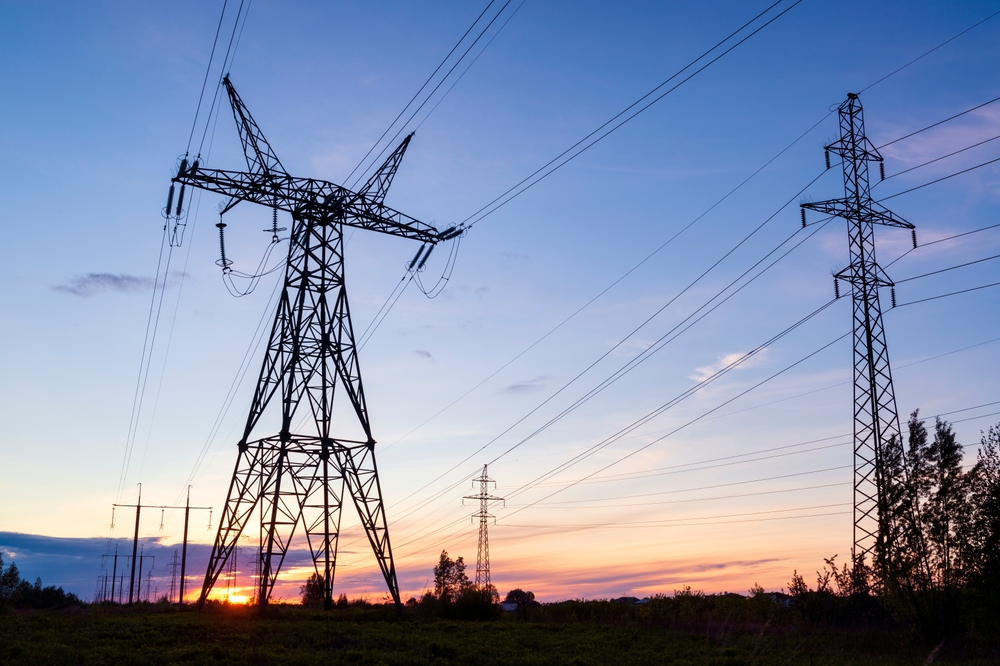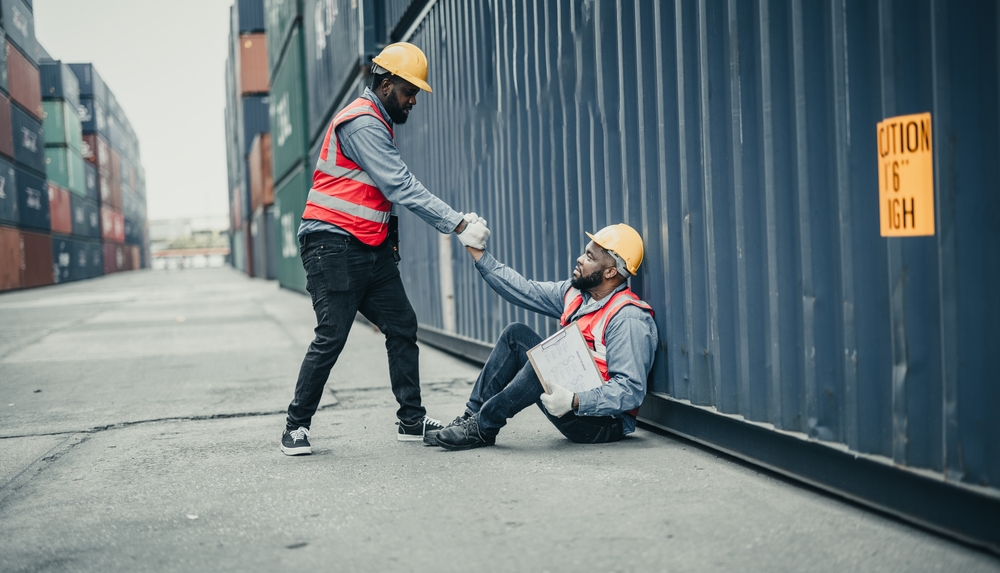Does Your Fall Protection Plan Comply With OSHA Injury Prevention Standards?
Regardless of the industry, fall protection is crucial in preventing employees from being exposed to fall hazards that could lead to serious injury or even death. The three different types of fall protection normally recognized by OSHA injury prevention standards include guard rails, safety nets, and personal fall arrest systems (PFAS). Each has its advantages and disadvantages, but all serve the same purpose: to protect the worker from falling.
Guard Rails
Guard rails are set up between the employee and the fall. They are considered to be passive fall protection because the employee is protected without doing anything besides working within the boundaries of the guard rail.
Safety Nets
Safety nets are installed and hung beneath the work area to catch workers should they fall. If the work moves higher, then the nets must be moved upward, only allowing a worker to fall a maximum of thirty feet before landing in the net. In addition, OSHA injury prevention standards state that the nets must be drop tested each time they are moved. Safety nets are not used nearly as often as guardrails and personal fall arrest systems, as they are cost-prohibitive.
Personal Fall Arrest System (PFAS)
Personal fall arrest systems include a body harness, a shock pack or extension, connectors and an anchor point. PFAS must be worn correctly and properly anchored to be effective in the workplace. All employees using personal fall arrest systems must be properly trained in the proper use of the various types of these systems, including their limitations. In addition, employees must be trained on how to inspect each part of the system and know when it should be removed from service.
Fall protection standards may be subject to different OSHA injury prevention standards depending on the industry or the task being performed, leading to confusion about what fall protection is necessary. As an employer, you are always required to protect workers from recognized hazards. No matter what industry you are in, you must enforce safe work rules and correct unsafe conditions.
The figures below indicate at what height fall protection is required for different industries and/or tasks. This is a general guide, and your situation may be different depending on site conditions, tasks being performed, or more restrictive rules set by project or location management.
- General Industry (Working Industrial Settings) 4′
- Construction 6′
- Work on Scaffolds in Construction Settings 10′
- Steel Erection 15′
- Connecting and Decking in a Controlled 30′ or two stories, whichever is less
Decking Zone (CDZ)
Falls have been, and are still a leading cause of fatalities in all industries. OSHA cited over 6,000 violations in 2015 alone for fall protection. In order to prevent injury, loss of life and financial losses, follow these steps:
- Develop a thorough fall protection program based on the applicable OSHA injury prevention standards in your industry.
- Train all workers.
- Engineer proper fall protection into your workplace or construction site.
- Use personal fall arrest systems (harness and lanyard) when other types of fall protection, including guard rails, are not feasible.
- Inspect your workplace frequently and regularly to insure that conditions have not changed and that your employees are complying with safe work practices.
- Use disciplinary action if workers are discovered failing to comply.
Remember that many lives are affected when a worker falls. Don’t let it happen under your watch. If you need help developing a fall protection plan that complies with OSHA injury prevention standards, contact Optimum Safety Management at 630-759-9908.








